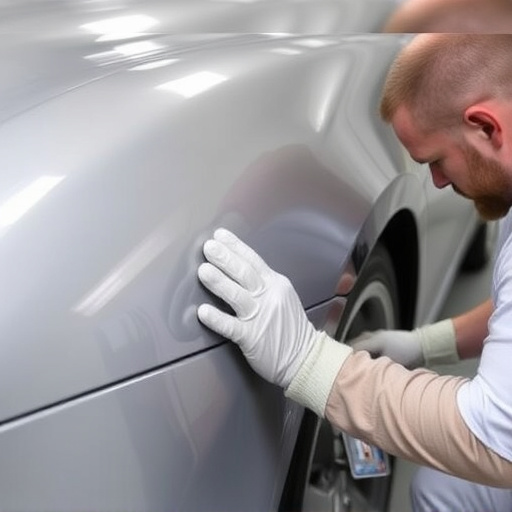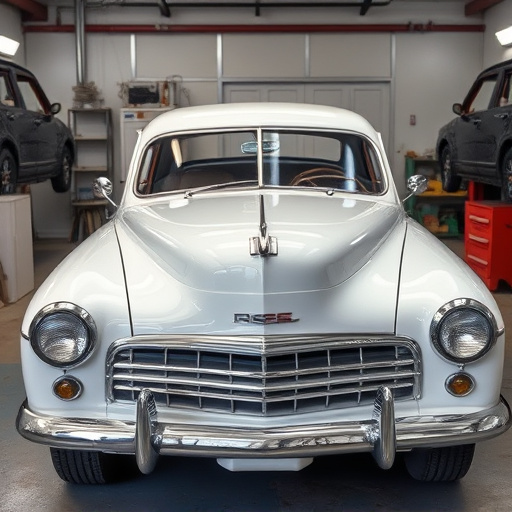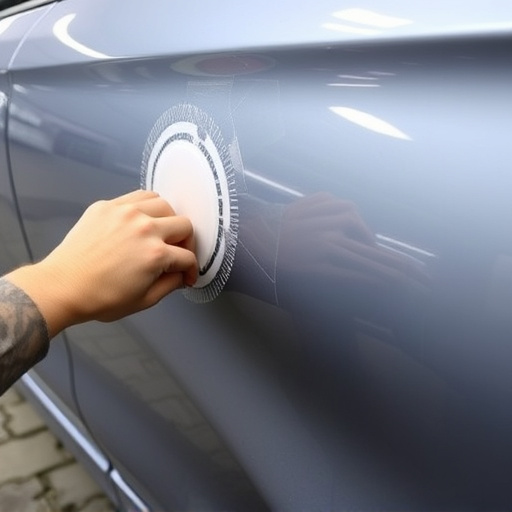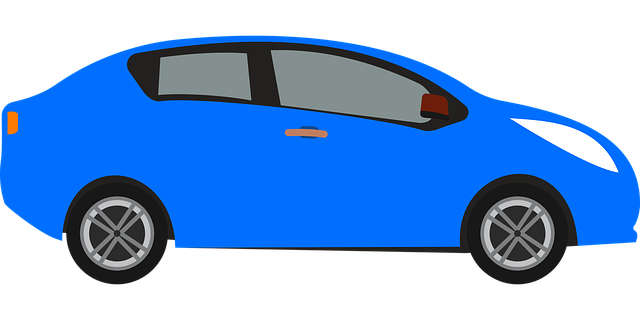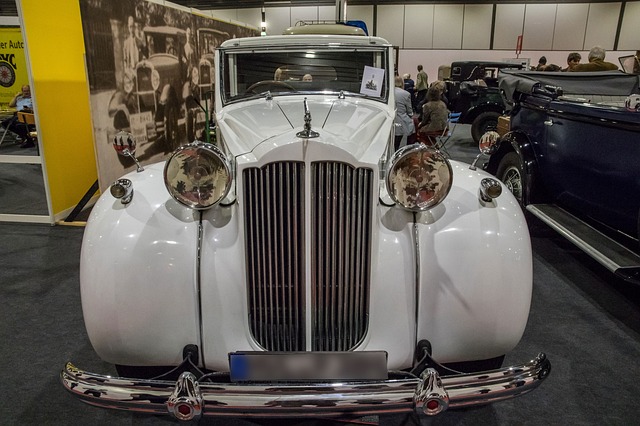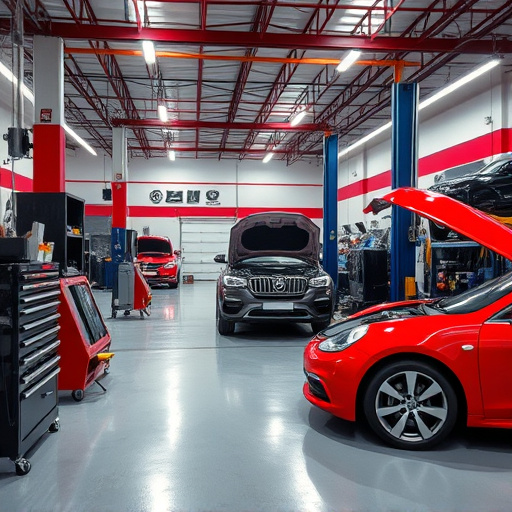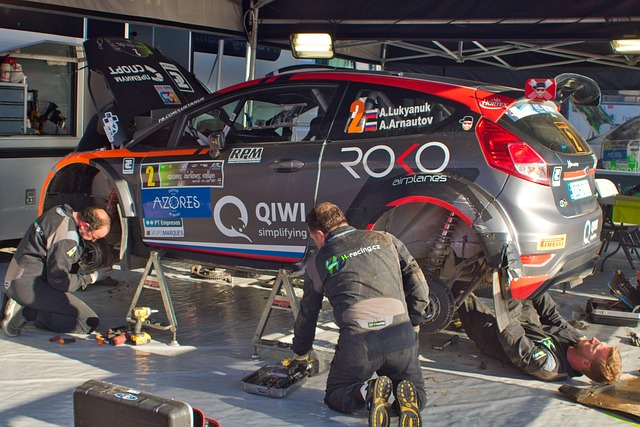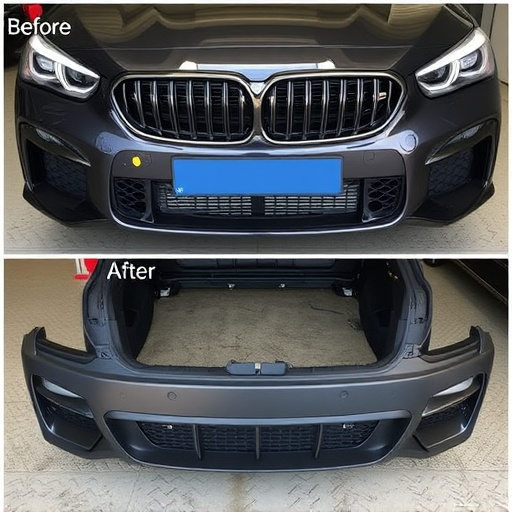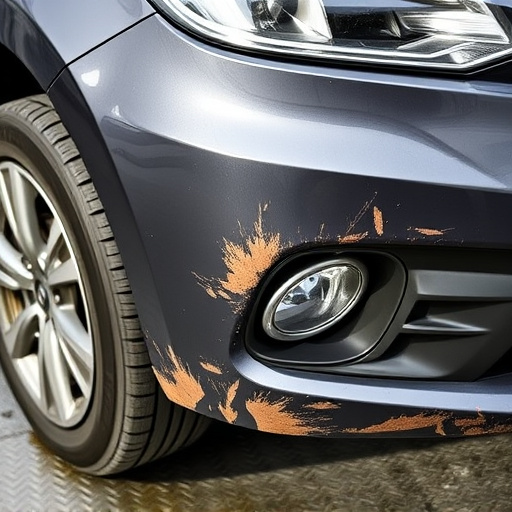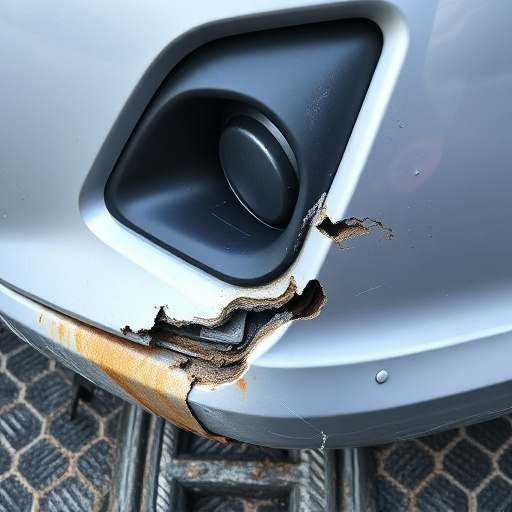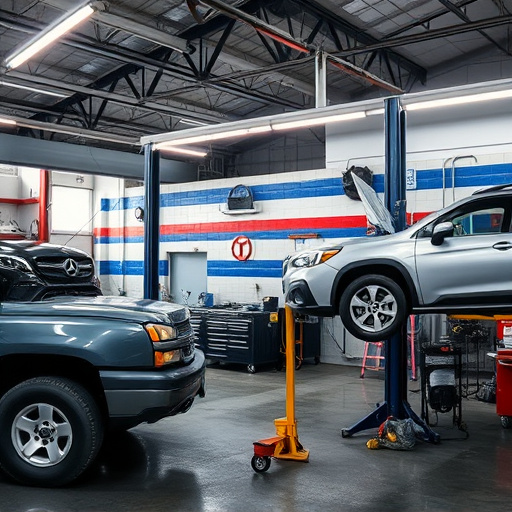Mercedes sensor adjustment is a critical process for maintaining modern Mercedes-Benz vehicles' optimal performance and efficiency. Regular calibration through the CAN bus ensures precise data transmission, preventing inefficient fuel consumption and inaccurate diagnostics. This is especially important post-restoration or after damage, as it enhances safety and overall vehicle health, benefiting both individual owners and professional repair services.
Mercedes Sensor Adjustment is a vital process for maintaining the integrity of vehicle systems. This article delves into the crucial role it plays in keeping the Electronic Control Unit (ECU) and Controller Area Network (CAN) network synchronized. By adjusting sensors, modern vehicles ensure optimal performance, safety, and diagnostics. We explore why this meticulous procedure is essential for Mercedes cars, highlighting its impact on ECU communication and CAN network functionality.
- Mercedes Sensor Adjustment: A Crucial Process
- ECU Integration: Ensuring Seamless Communication
- CAN Network Role: Enabling Vehicle Diagnostics
Mercedes Sensor Adjustment: A Crucial Process
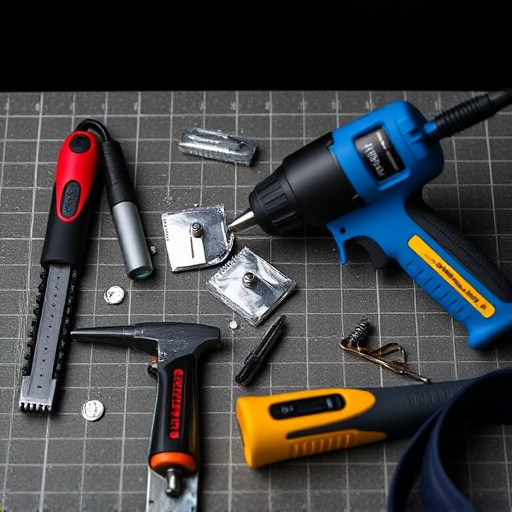
Mercedes sensor adjustment is a crucial process that ensures seamless integration between various components of the vehicle’s system. It involves calibrating and synchronizing sensors to accurately transmit data to the Engine Control Unit (ECU) via the Controller Area Network (CAN) bus. This critical procedure guarantees optimal performance, precision, and efficiency in modern Mercedes-Benz vehicles.
Regular adjustments are essential, particularly after potential disruptions like hail damage repair or classic car restoration, to maintain the vehicle’s systems in top condition. Even minor misalignments can lead to inefficient fuel consumption, irregular engine performance, and inaccurate diagnostic readings. Therefore, professionals in car paint services and beyond emphasize the importance of routine Mercedes sensor adjustment for a well-maintained fleet.
ECU Integration: Ensuring Seamless Communication
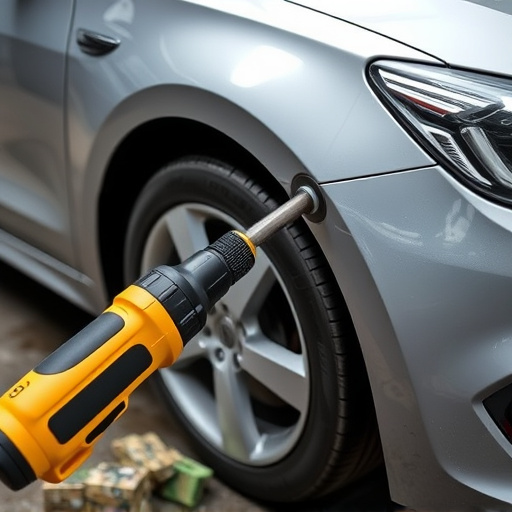
In modern vehicles like Mercedes, the Electronic Control Unit (ECU) acts as the central nervous system, coordinating various functions and systems for optimal performance. The seamless integration of sensors is paramount to this process. Precise Mercedes sensor adjustment ensures that data from sensors across the car body is accurately transmitted to the ECU, facilitating efficient communication and control. This integration is vital, especially in complex modern vehicles with intricate systems interlinked through a Controller Area Network (CAN) network.
A well-maintained and adjusted sensor system allows for real-time monitoring and adjustments, enhancing safety, fuel efficiency, and overall vehicle performance. For fleet repair services or body shop services focusing on car body restoration, understanding this intricate relationship between sensors, ECU, and CAN network is crucial. By ensuring proper Mercedes sensor adjustment, these services can contribute to the longevity and optimal functioning of modern vehicles.
CAN Network Role: Enabling Vehicle Diagnostics
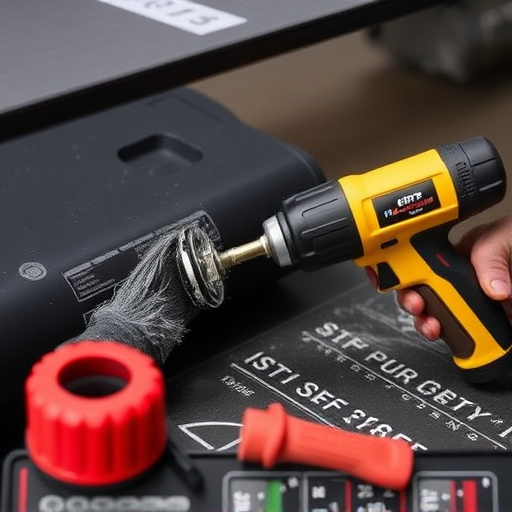
The CAN (Controller Area Network) network is a vital component in modern vehicles, and its role extends far beyond just connecting various components. In Mercedes sensor adjustment scenarios, it serves as a critical link that enables comprehensive vehicle diagnostics. This network facilitates the seamless exchange of data between sensors, control units, and other electronic control modules (ECUs), ensuring optimal performance and efficiency.
Through the CAN network, tire services, auto repair services, and mercedes benz collision repair professionals can access real-time information from various sensors, allowing for precise adjustments and repairs. This integration ensures that any changes made to one system are accurately reflected across the entire network, maintaining the vehicle’s overall integrity and performance.
Mercedes sensor adjustment is a meticulous process that ensures the seamless integration of sensors with the ECU and CAN network. By accurately calibrating these sensors, modern vehicles like Mercedes can maintain optimal performance and diagnostics. This adjustments play a vital role in ensuring smooth communication between various components, ultimately enhancing vehicle safety and efficiency.
